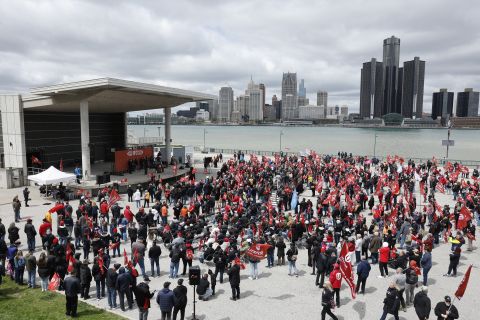ALBAWABA- The death toll from the devastating explosion at Rajaei Port in Bandar Abbas, southern Iran, has climbed to 25, with more than 1,100 people reported injured, according to the latest figures provided by local authorities.
Iranian government spokeswoman confirmed that 1,139 people have been wounded, while firefighters have managed to control most of the massive blaze.
Local media released dramatic footage showing the widespread destruction at the strategic port.
The explosion, which erupted early Saturday morning, drew immediate comparisons to the catastrophic 2020 Beirut blast, as scenes of heavy flames, widespread debris, and overwhelmed emergency services spread across social media.
Despite intensive efforts, including water drops by Iran’s Revolutionary Guard’s Ilyushin aircraft, emergency teams have struggled to fully contain the inferno.
Eyewitness videos showed the fire raging uncontrollably for hours, further complicating rescue and containment efforts.
According to reports citing sources linked to Iran’s Islamic Revolutionary Guard Corps (IRGC), the explosion involved sodium perchlorate, a highly combustible chemical used in manufacturing solid missile fuel, significantly escalating concerns over the nature of materials stored at the site.
The massive blast has not only caused a tragic loss of life but also dealt a severe blow to one of Iran’s most critical maritime hubs, raising serious questions about port safety protocols and the risks associated with military-grade material storage in civilian infrastructure zones.











